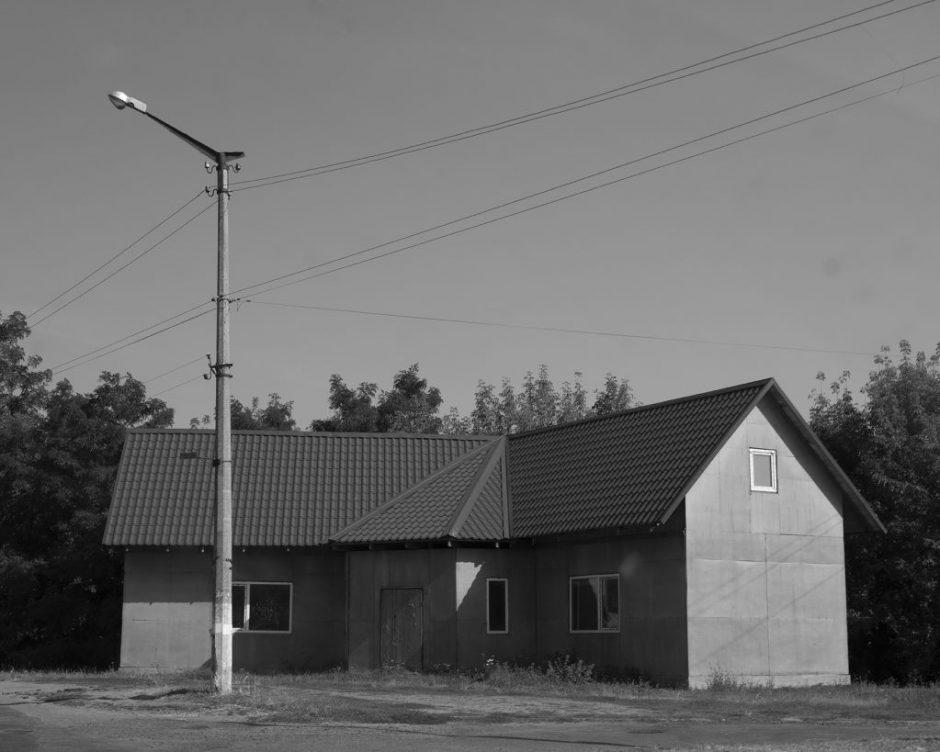Blog Task #1
Kimberlé Crenshaw’s theory of intersectionality to analyse how disability intersects with other identity factors.
Intersectionality, a term coined by Kimberlé Crenshaw, describes how social identities like race, gender, class, and disability overlap and interact to produce unique experiences of marginalization.
When applied to race and disability, Ade Adepitan identifies the key intersection of race and disability. The systemic discrimination intersectionality helps us understand that People of colour with disabilities often face dual forms of discrimination but at once. Systems like healthcare, education, and criminal justice are often not designed to account for these intersecting identities. For example, a Black disabled person might be more likely to be misdiagnosed, underserved, or subject to racial violence, compared to white or non-disabled individuals. Disability justice activists emphasize that disability is not just a medical or legal issue, but also a social and political one, shaped by race, class, and other factors. Ignoring the intersection of race and disability risks creating exclusionary movements: Racial justice work might overlook access needs. Disability advocacy might centre white, middle-class voices and ignore racialized experiences.
Christine Sun Kim’s life in Berlin exemplifies how disability justice is shaped not just by identity, but by policy and place. Her work and life underscore that access is political and that governments can either enable autonomy orenforce dependence and debt, depending on how they structure care. As a Deaf Asian American woman, Kim’s experiences of exclusion in the U.S. were compounded by the lack of accessibility at high school and college. The turning point was In New York whereupon the challenges of the city gave her confidence. I thought also was this also being in a place where the city is multicultural? Whereas both her being deaf and Asian that position of Intersectionality played its part in that geographic space. In Germany, despite being a foreigner, she finds fewer barriers to basic accessibility a powerful contrast that shows how national policy shapes lived experience. Her critique is not just about Deaf access, but about who gets to live with dignity and autonomy. Her experience also in Manchester I feel also reinforced this in terms of her practice and being given autonomy of her work and its impact. She notes that in Berlin, disability is treated more as a collective responsibility — part of the social contract rather than a personal burden. “In Germany, I feel like I can just be Deaf. In the U.S., I had to constantly explain, negotiate, and justify my existence.” — Christine Sun Kim
Chay Brown underscores how queer and trans individuals navigate multiple layers of identity and oppression and the challenges he faces at the intersection of gender identity and disability. He is honest about his white privilege and CIS man passing but importantly he notes that his disability is hidden Underlying this is the accessibility issues for the disabled trans community in structures that are both physical and emotional. How can the these “events” be inclusive. This brought me back to Crenshaw’s writings regarding women of colour, rape and domestic violence and the challenges she noted in the shelters around language, race and cultural. What changes needed to be made, who was empowered and how they used that power. Lived Experience, Listening and asking the questions and acting on what you have been told makes a huge difference. Bringing Inclusivity, Visibility and spreading the word.
The disability considerations within my teaching practice are my students who are neuro diverse and it is the hidden disabilities that impact upon them. Both gender and race have been at the forefront of my considerations. These intersections I am acutely aware of from personal lived experiences both from the past and present with having a hidden disability of Myastenia Gravis and a person of colour.
Academic and arts institutions often fail to accommodate fluctuating energy levels, need for flexible schedules, or rest time.
This disproportionately impacts those who don’t have generational wealth or institutional privilege to fall back on—race and class deeply shape who can “afford” to be sick in creative or educational spaces.
With this personal experience I am trying to actively pursue a teaching practice that empowers my students both individuality and as a community both present and past students.
